This article explores the complex dynamics of race, religion, and politics among Indian Americans in New York, examining their impact on local governance and community engagement.
Understanding the Demographics of Indian Americans in New York
The Indian American population in New York is a vibrant tapestry, comprising various ethnicities, religions, and cultural backgrounds. As of recent estimates, there are over 500,000 Indian Americans residing in New York, making it one of the largest concentrations in the United States. This diverse group includes individuals from different states in India, each bringing unique traditions, languages, and customs. The growth of this population has been fueled by immigration waves, primarily driven by educational and professional opportunities.
The Role of Religion in Indian American Identity
Religion plays a pivotal role in shaping the identity of Indian Americans. The community is predominantly Hindu, but there are also significant populations of Sikhs, Muslims, and Jains. Each faith contributes to the community’s values, influencing everything from social gatherings to political mobilization. Religious festivals, such as Diwali and Vaisakhi, not only serve as cultural touchstones but also act as platforms for community engagement and political discourse.
Political Mobilization of Indian Americans
In recent years, political mobilization among Indian Americans has surged. Factors contributing to this trend include increased educational attainment, economic empowerment, and a growing awareness of social justice issues. Organizations like the Indian American Political Action Committee (IAPAC) have been instrumental in rallying support for candidates who align with the community’s interests, thereby enhancing their political presence in New York.
Key Issues Affecting Indian Americans in New York
Indian Americans in New York face a myriad of challenges, including immigration policies, healthcare access, and racial discrimination. The community is particularly affected by the complexities of visa regulations and the implications of federal immigration reforms. Additionally, issues such as healthcare disparities and the need for culturally competent services are pressing concerns that require attention from local policymakers.
Influence of Indian American Leaders in Politics
Prominent Indian American leaders have emerged in New York’s political landscape, serving as role models and advocates for the community. Figures such as Raja Krishnamoorthi and Pramila Jayapal have made significant strides in representing Indian American interests at the federal level. Their journeys highlight both the successes and barriers faced by Indian Americans in politics, including the need for greater representation in local governance.
The Impact of Community Organizations
Community organizations play a crucial role in advocating for the rights and needs of Indian Americans. Groups like the Asian American Federation and local temples often lead initiatives that address social issues, provide resources, and foster political engagement. These organizations not only serve as support networks but also as platforms for mobilizing community action and influencing political discourse.
Voting Patterns Among Indian Americans
Understanding voting patterns is essential to grasp the political influence of Indian Americans. Recent studies indicate that Indian Americans tend to lean towards the Democratic Party, motivated by issues such as healthcare, immigration reform, and education. However, there is a growing segment that identifies with the Republican Party, particularly among those who prioritize economic policies and business-friendly initiatives.
Challenges in Political Representation
Despite their growing numbers, Indian Americans often face challenges in political representation. Systemic barriers, such as gerrymandering and lack of access to political networks, hinder their ability to secure positions in local and state governance. Additionally, the underrepresentation of Indian Americans in decision-making roles perpetuates a cycle of neglect regarding their specific needs and concerns.
The Intersection of Race and Politics
Race significantly intersects with politics for Indian Americans. The community often navigates a complex racial identity that influences their political engagement. Issues of racial profiling and discrimination can galvanize community solidarity, prompting collective action in advocacy efforts. Understanding this intersectionality is crucial for fostering a more inclusive political environment.
Collaborations with Other Minority Groups
Coalitions with other minority groups can amplify the political voice of Indian Americans. Collaborations with organizations representing African Americans, Latinos, and other ethnic communities have proven effective in addressing shared concerns. These partnerships not only enhance advocacy efforts but also promote solidarity in the fight against systemic injustices.
Impact of National Politics on Local Communities
National political trends often trickle down to local levels, significantly impacting Indian American communities in New York. Policies related to immigration, healthcare, and education at the national level can create ripple effects, influencing local governance and community resources. Understanding these dynamics is essential for effective advocacy and community engagement.
Future Trends in Indian American Political Engagement
Looking ahead, the future of Indian American political engagement appears promising. Emerging trends indicate a potential shift towards greater activism among younger generations, who are increasingly vocal about social justice issues. As this demographic becomes more involved in political processes, their influence is expected to shape the landscape in New York and beyond.
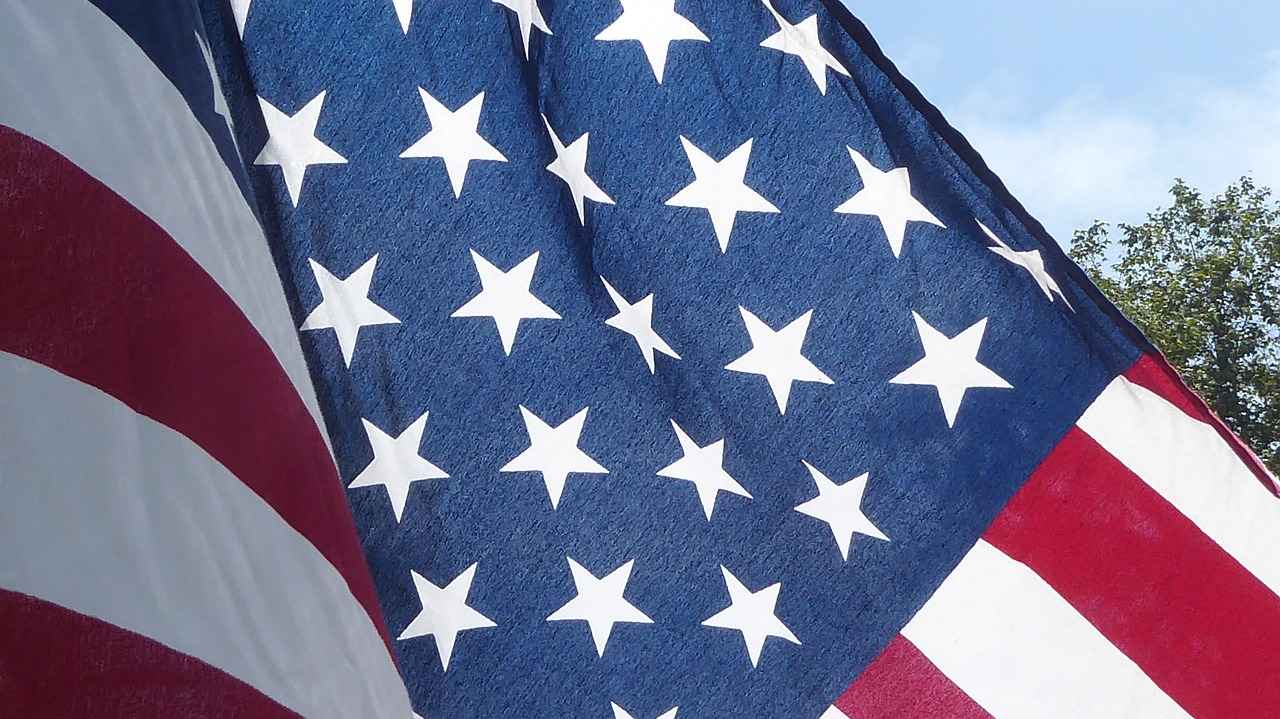
Understanding the Demographics of Indian Americans in New York
The Indian American population in New York is a vibrant and multifaceted community that reflects a rich tapestry of ethnicities, religions, and cultural backgrounds. As one of the fastest-growing immigrant groups in the state, Indian Americans have significantly contributed to the social, economic, and political landscape of New York City and its surrounding areas.
- Diversity of Ethnicities: The Indian American community in New York comprises individuals from various regions of India, including Punjab, Gujarat, Tamil Nadu, and West Bengal. This diversity is further enriched by the presence of Indian Americans from neighboring countries such as Nepal, Bangladesh, and Pakistan, creating a melting pot of cultures.
- Religious Landscape: Religion plays a crucial role in the identity of Indian Americans. The community is predominantly Hindu, but it also includes significant populations of Sikhs, Muslims, Jains, and Christians. Each religion contributes unique traditions and values, which are celebrated through festivals, community gatherings, and religious observances.
- Language and Cultural Practices: Many Indian Americans in New York maintain their linguistic heritage, speaking languages such as Hindi, Punjabi, Bengali, and Gujarati at home. This linguistic diversity is accompanied by cultural practices that are preserved and passed down through generations, including traditional music, dance, and cuisine.
The growth of the Indian American population in New York has been remarkable. According to recent census data, the population has increased by over 50% in the last decade, with many young professionals and families choosing to settle in urban areas for better opportunities. This demographic shift has led to the establishment of numerous cultural organizations and community centers that serve as hubs for social interaction and support.
| Year | Population Estimate | Percentage Growth |
|---|---|---|
| 2010 | 250,000 | – |
| 2020 | 375,000 | 50% |
This increasing presence has also led to greater political engagement among Indian Americans, who are increasingly participating in local governance and advocacy efforts. The community’s diverse demographic characteristics play a significant role in shaping its collective identity and influence in New York.
In summary, the Indian American population in New York is characterized by its rich diversity in ethnicity, religion, and cultural practices. As this community continues to grow, it plays an increasingly vital role in the broader socio-political landscape of New York, making it essential to understand their unique demographics and contributions.
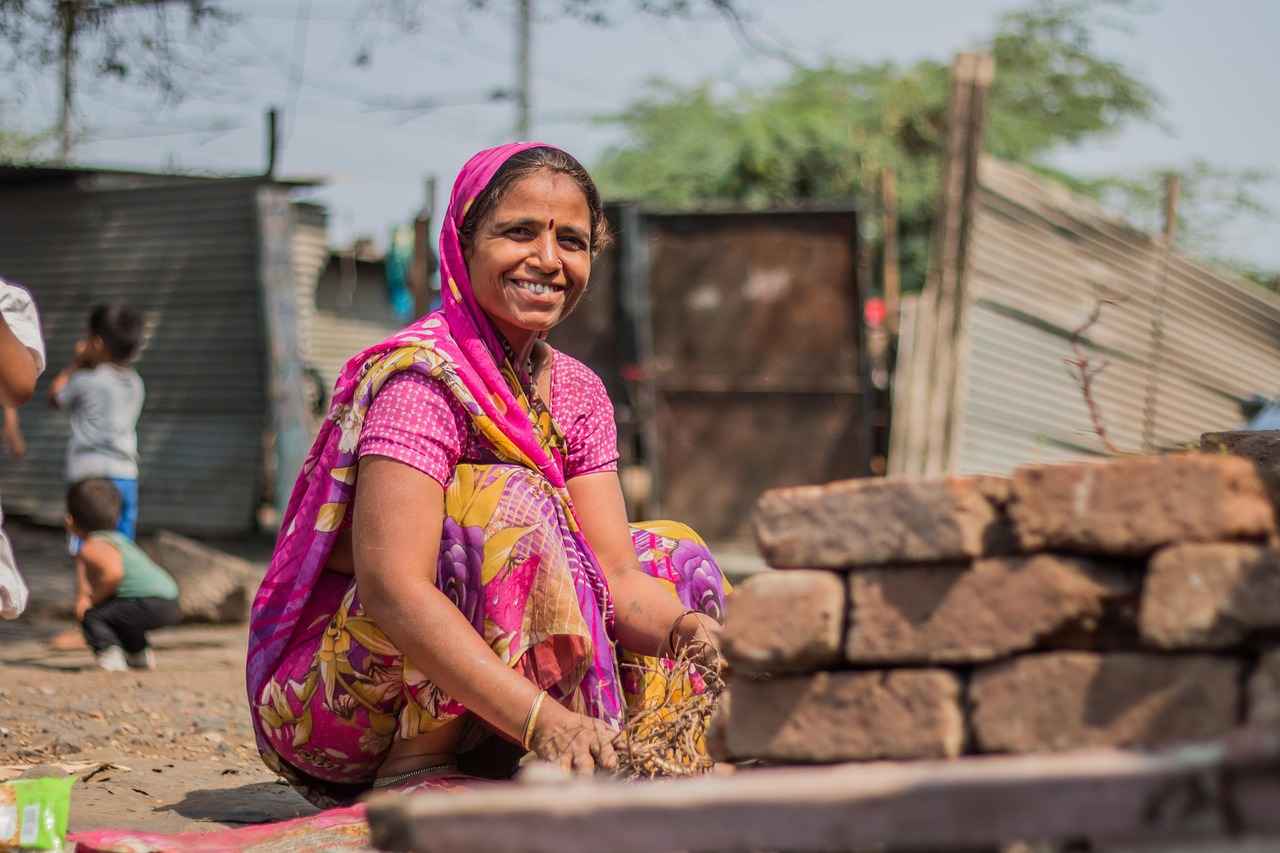
The Role of Religion in Indian American Identity
Religion plays a pivotal role in shaping the identity of Indian Americans, influencing their values, social interactions, and political engagement. The diverse tapestry of faiths, which includes Hinduism, Sikhism, Islam, and others, not only enriches the cultural landscape but also fosters a sense of community among individuals from various backgrounds. This section delves into how these religions impact community values and political participation.
Hinduism, as the predominant religion among Indian Americans, emphasizes principles such as dharma (duty), karma (action), and seva (selfless service). These values often translate into community-oriented initiatives that encourage civic responsibility. For instance, many Hindu temples in New York serve as community centers, hosting events that promote social awareness and political activism. This engagement is crucial, especially during election cycles, where the community mobilizes to advocate for issues that resonate with their values, such as immigration reform and social justice.
Sikhism, with its core tenets of equality and service, also plays a significant role in shaping the identity of Indian Americans. The concept of langar, which promotes sharing meals irrespective of caste or creed, fosters inclusivity and community bonding. Sikh organizations often engage in humanitarian efforts, such as food drives and health clinics, which not only serve the broader community but also enhance the political voice of Sikhs in New York. This active participation demonstrates how religious principles can lead to greater political engagement and influence.
Islam, another significant faith within the Indian American community, emphasizes justice and community support. Many Indian American Muslims are involved in advocacy groups that address issues like civil rights and anti-discrimination laws. The Islamic community often rallies around shared values of social justice, which translates into political activism. The formation of coalitions with other minority groups further amplifies their voice in local governance, showcasing how religious identity can align with broader social movements.
In addition to these major faiths, other religions practiced by Indian Americans, such as Christianity and Jainism, contribute to a rich and diverse identity. Each faith brings unique perspectives and values that shape the community’s collective consciousness. For example, Christian Indian Americans often engage in outreach programs that focus on education and healthcare, while Jain communities emphasize non-violence and environmental sustainability, influencing their political priorities.
The intersection of religion and identity among Indian Americans is not merely a matter of personal belief; it significantly impacts their political engagement. As community members rally around shared values and collective goals, they form a united front that can influence local and national policies. This dynamic illustrates the importance of understanding the role of religion in shaping the identities of Indian Americans, as it serves as a foundation for their community values and political actions.
In summary, the religious landscape of Indian Americans is diverse and multifaceted, with each faith contributing to a rich cultural identity. The principles derived from these religions not only guide personal lives but also foster a sense of community and political engagement. As Indian Americans continue to navigate their identities within the broader American society, the role of religion remains a significant factor in shaping their values and political involvement.
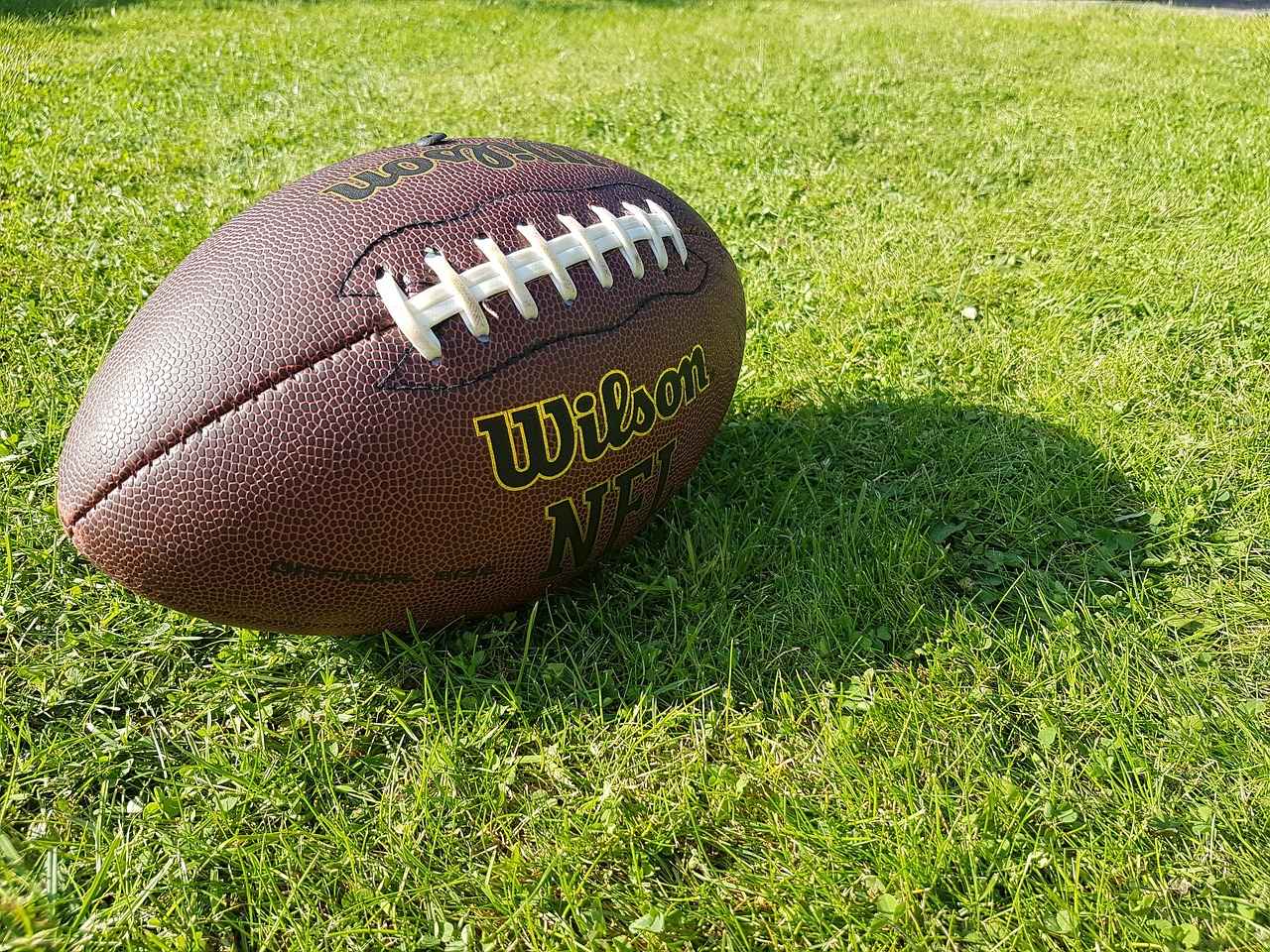
Political Mobilization of Indian Americans
Political mobilization among Indian Americans has seen a remarkable surge in recent years, particularly in urban centers like New York. This increase can be attributed to several interrelated factors that have galvanized the community into action.
One significant driver of this mobilization is the growing awareness of **political representation**. As the Indian American population expands, so does the recognition of the need for their voices to be heard in local and national governance. Many community members have begun to understand that their participation in politics can influence policies affecting their lives, such as immigration reform, education, and healthcare. This realization has led to a more engaged electorate, with many individuals participating in local elections, town hall meetings, and civic organizations.
Another factor contributing to this political activism is the rise of **community organizations** that focus on advocacy and education. These organizations aim to empower Indian Americans by providing resources and training on civic engagement. For instance, groups like the **Indian American Forum** and **South Asian Americans Leading Together (SAALT)** have played crucial roles in mobilizing voters, organizing events, and facilitating discussions on pressing issues. Their efforts have not only increased voter turnout but also fostered a sense of community and solidarity among Indian Americans.
Moreover, the impact of **national political trends** cannot be overlooked. Events such as the 2016 presidential election and subsequent shifts in policies have prompted many Indian Americans to take a more active role in politics. The community has responded to the rhetoric around immigration and civil rights with increased activism, organizing protests and campaigns to advocate for their rights and those of other marginalized groups.
Additionally, the emergence of **Indian American leaders** in politics has inspired many to engage in the political process. Figures like **Kamala Harris**, the first female Vice President of the United States, and **Raja Krishnamoorthi**, a U.S. Congressman, have become role models for younger generations. Their successes serve as a testament to the potential impact of Indian Americans in politics and encourage others to pursue public service careers.
Furthermore, the intersection of **race and politics** plays a crucial role in mobilization efforts. The Indian American community, while diverse, often faces challenges related to racial identity and discrimination. This shared experience has created a platform for collective action, as community members unite to address issues such as racial profiling and hate crimes.
In conclusion, the political mobilization of Indian Americans in New York is a multifaceted phenomenon driven by a desire for representation, the influence of community organizations, the impact of national trends, and the emergence of inspiring leaders. As this community continues to grow and evolve, their political engagement is likely to shape the future landscape of local and national politics.
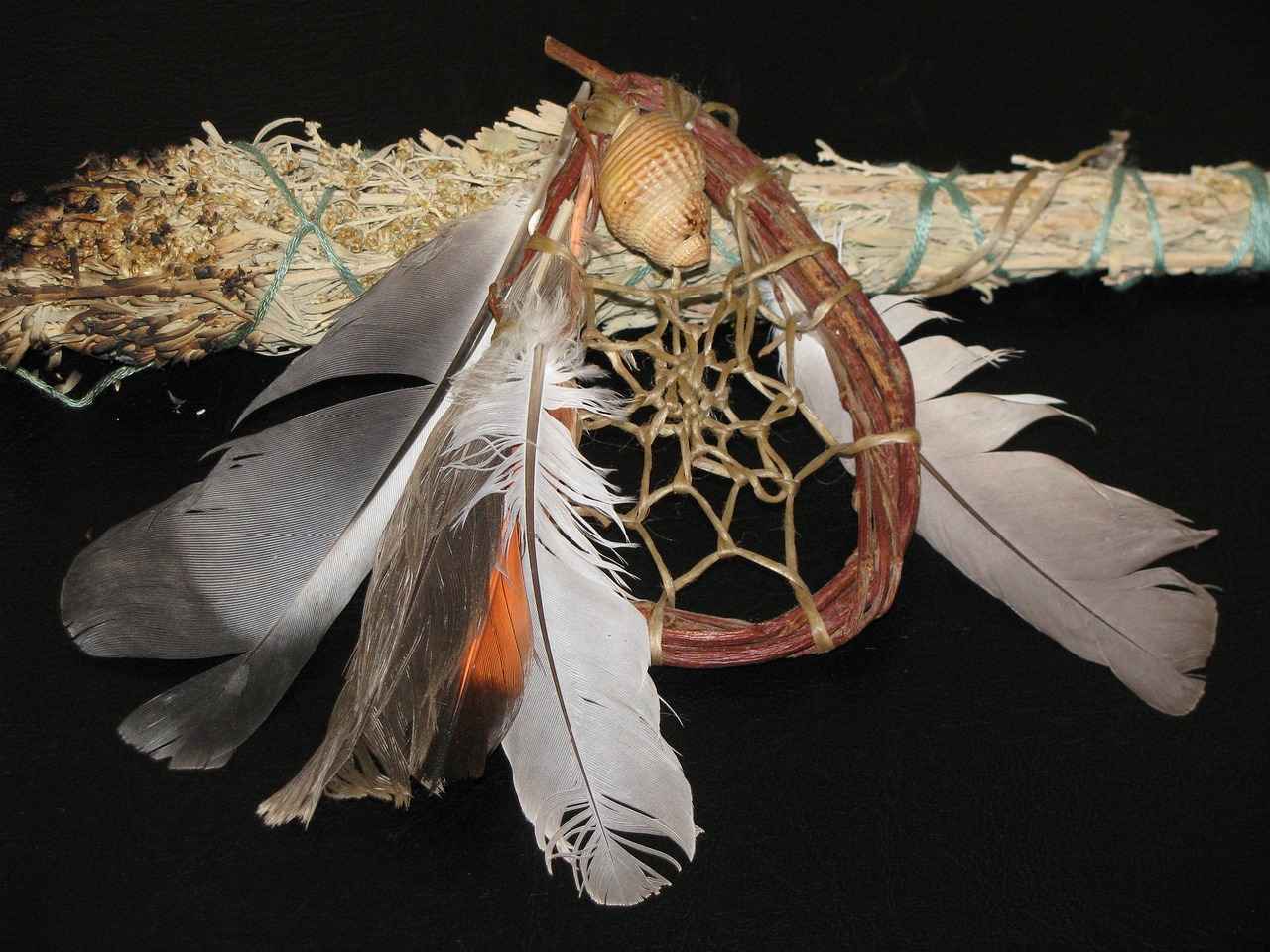
Key Issues Affecting Indian Americans in New York
Indian Americans in New York represent a vibrant and diverse community, yet they encounter a multitude of challenges that affect their daily lives and long-term well-being. These challenges are shaped by various factors, including immigration policies, healthcare access, and racial discrimination. Understanding these issues is crucial in addressing the needs of this community.
- Immigration Policies: The complexities of immigration laws often create significant hurdles for Indian Americans. Many families face uncertainty due to changing immigration policies, which can affect their residency status and ability to reunite with family members. The challenges become even more pronounced for those seeking employment in specialized fields, where visa regulations can be restrictive.
- Healthcare Access: Access to healthcare services remains a pressing issue. Indian Americans may encounter barriers such as language difficulties, cultural misunderstandings, and lack of insurance coverage. Additionally, the COVID-19 pandemic has exacerbated these challenges, highlighting disparities in healthcare access and outcomes within the community.
- Racial Discrimination: Racial discrimination is a significant concern for Indian Americans, particularly in the wake of rising anti-Asian sentiment. Instances of hate crimes and microaggressions have been reported, leading to increased fear and anxiety within the community. This discrimination not only affects mental health but also impacts social cohesion and community engagement.
- Economic Disparities: Despite being one of the fastest-growing immigrant groups in the U.S., many Indian Americans face economic challenges. Issues such as underemployment and wage gaps can hinder financial stability. Furthermore, the community’s reliance on certain industries, such as technology, makes them vulnerable to economic fluctuations.
- Education Inequalities: While Indian Americans often prioritize education, disparities in educational resources can affect their children. Access to quality education is not uniform, and families in lower-income neighborhoods may struggle to provide their children with the same opportunities as those in more affluent areas.
Addressing these key issues requires a multifaceted approach, including advocacy for fair immigration policies, improved access to healthcare, and initiatives aimed at combating racial discrimination. Community organizations play a vital role in this effort, providing resources and support to those affected by these challenges.
Moreover, fostering dialogue among various stakeholders—such as policymakers, community leaders, and the Indian American population—can lead to more inclusive solutions. It is essential for the community to engage actively in political processes to ensure that their voices are heard and their needs are met.
In summary, the Indian American community in New York faces a unique set of challenges that necessitate targeted interventions. By understanding and addressing these issues, we can work towards creating a more equitable and supportive environment for all.
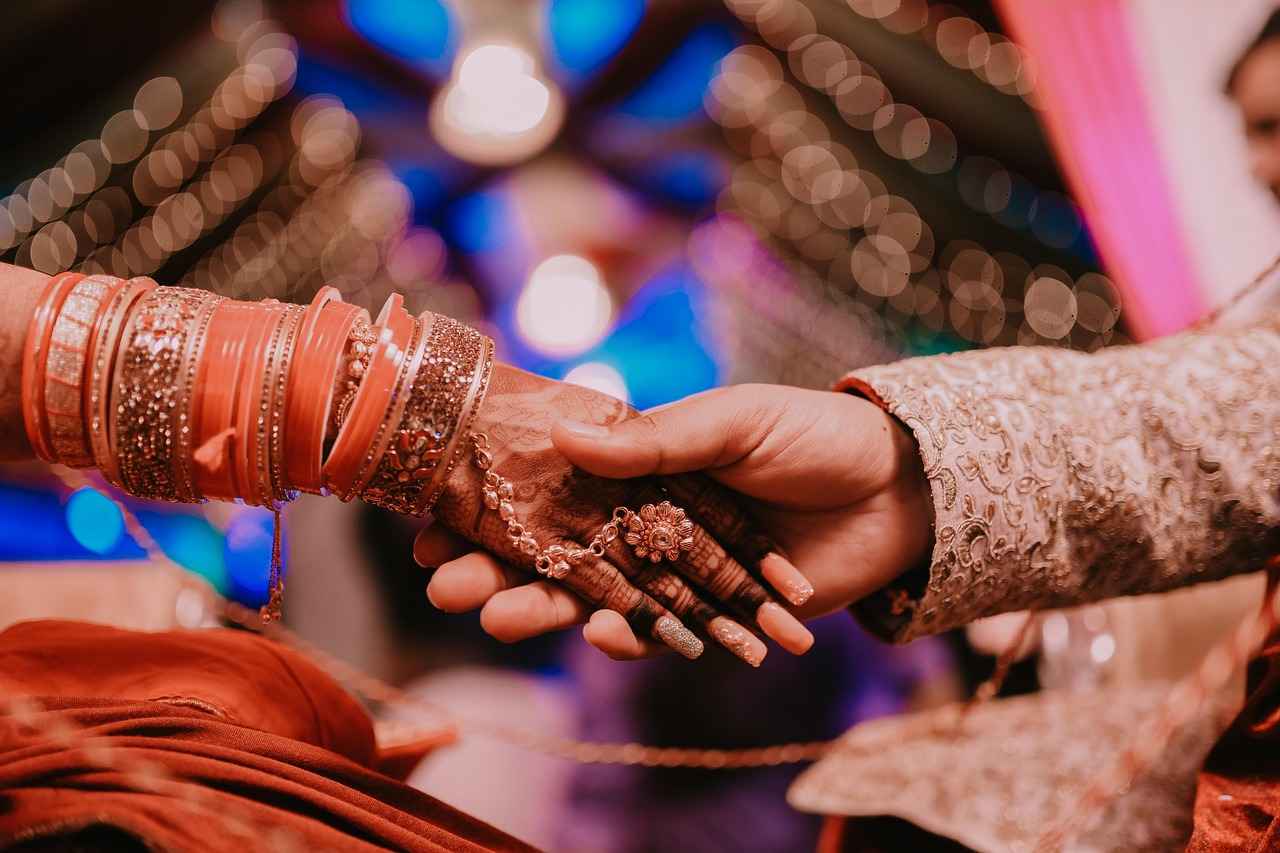
Influence of Indian American Leaders in Politics
Prominent Indian American leaders have made significant strides in New York’s political landscape, shaping policies and advocating for the community. Their influence is not just limited to the local level; it extends to state and national arenas, reflecting a growing recognition of their contributions. This section delves into the achievements of these leaders, the challenges they have faced, and the broader implications of their presence in politics.
- Trailblazing Figures: Leaders such as Raja Krishnamoorthi, a U.S. Congressman, and Preet Bharara, former U.S. Attorney, have set a precedent for Indian Americans in public office. Their journeys underscore the importance of representation in government, inspiring many within the community to engage in politics.
- Policy Contributions: Indian American politicians have been instrumental in bringing attention to key issues affecting their community, including immigration reform, healthcare access, and education. Their advocacy has led to the introduction of policies that resonate with both Indian Americans and broader constituencies.
- Barriers to Success: Despite their successes, Indian American leaders often encounter significant challenges. These include racial discrimination, the struggle for visibility in predominantly white political spaces, and the need to navigate complex political landscapes that may not always prioritize their community’s needs.
- Community Engagement: Many Indian American leaders prioritize community outreach, recognizing that grassroots support is vital for political success. They engage in town hall meetings, cultural events, and local initiatives to foster a sense of belonging and encourage civic participation among Indian Americans.
- Building Coalitions: Collaboration with other minority groups has proven effective in amplifying their voices. Indian American leaders often partner with organizations representing African Americans, Latinos, and other marginalized communities to address shared concerns and promote social justice.
The rise of Indian American leaders in New York’s political scene signifies a shift towards greater diversity and representation. Their contributions not only enrich the political discourse but also serve as a beacon of hope for future generations. As they continue to navigate the complexities of political life, their influence is likely to expand, paving the way for more inclusive governance that reflects the rich tapestry of New York’s population.

The Impact of Community Organizations
Community organizations are vital for the advocacy and empowerment of Indian Americans in New York. These organizations serve as a bridge between the community and the political landscape, facilitating dialogue and engagement on issues that matter most to their constituents. Their initiatives often encompass a wide range of activities, from educational programs to political advocacy, which help to elevate the voices of Indian Americans in local, state, and national discussions.
- Advocacy Initiatives: Community organizations focus on advocating for policies that address the specific needs and concerns of Indian Americans. This includes lobbying for fair immigration policies, healthcare access, and anti-discrimination laws. By mobilizing community members and leveraging their collective voice, these organizations can influence decision-makers and push for legislative changes.
- Outreach Programs: Outreach is a cornerstone of community organizations. They conduct workshops, seminars, and informational sessions that aim to educate Indian Americans about their rights and responsibilities. These programs often cover topics such as voting rights, civic engagement, and public health, empowering individuals to participate actively in their communities.
- Political Discourse: Community organizations play a significant role in shaping political discourse. By organizing forums and discussions, they create platforms for community members to voice their opinions and concerns. This not only fosters a sense of belonging but also encourages individuals to engage in political processes, thereby enhancing the representation of Indian Americans in political discussions.
- Collaboration with Other Groups: Many community organizations collaborate with other minority groups to amplify their impact. By forming coalitions, they can address common issues and advocate for shared goals, creating a more powerful voice in the political arena.
- Youth Engagement: Recognizing the importance of the younger generation, many organizations focus on youth engagement. By providing leadership training and mentorship programs, they prepare young Indian Americans to take on active roles in politics and community service.
In conclusion, community organizations are indispensable in advocating for Indian Americans in New York. Their initiatives not only address immediate concerns but also lay the groundwork for long-term political engagement and empowerment. By fostering a sense of community and encouraging active participation, these organizations help ensure that the voices of Indian Americans are heard and considered in the political landscape.
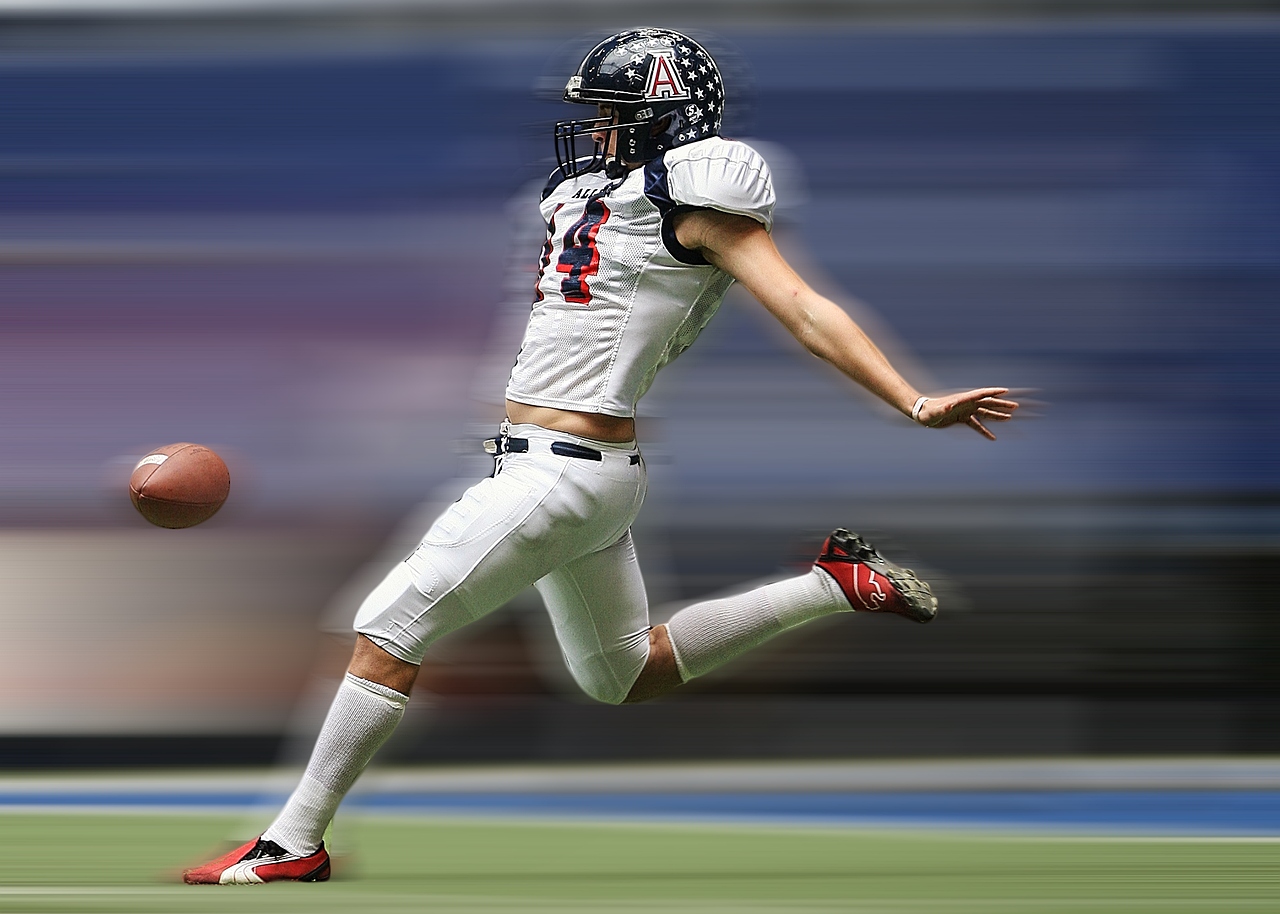
Voting Patterns Among Indian Americans
Understanding the voting patterns of Indian Americans is crucial for comprehending their political influence and engagement in the United States, particularly in states like New York. This demographic has shown a significant evolution in voting behavior over the past few decades, reflecting broader trends in American politics. By analyzing their voting behavior, party affiliations, and turnout rates, we can gain insights into their unique political landscape.
Indian Americans are increasingly identifying with the Democratic Party, influenced by various factors including social justice issues, immigration policies, and healthcare. Data from recent elections indicates that approximately 70% of Indian Americans voted for Democratic candidates, a trend that has been consistent in various local, state, and national elections. This shift can be attributed to the community’s growing concerns about policies that affect their rights and livelihoods.
| Election Year | Democratic Vote Percentage | Republican Vote Percentage |
|---|---|---|
| 2016 | 65% | 29% |
| 2020 | 70% | 25% |
| 2022 | 72% | 23% |
Moreover, the turnout rates among Indian Americans have seen a remarkable increase. In the 2020 presidential election, turnout rates reached an all-time high of 65%, compared to 50% in previous years. This surge can be linked to increased political mobilization efforts within the community, including grassroots campaigns and voter education initiatives led by various community organizations.
- Grassroots Campaigns: Local organizations have played a pivotal role in mobilizing voters through door-to-door outreach and community events.
- Voter Education: Workshops and seminars aimed at educating voters on the electoral process have contributed to higher participation rates.
- Social Media Engagement: The use of digital platforms has allowed for greater outreach and engagement, especially among younger voters.
Despite these positive trends, challenges remain. Many Indian Americans still face barriers such as language differences, misinformation, and a lack of representation in political offices. These issues can hinder full participation in the political process, making it essential for community leaders to continue advocating for policies that promote inclusivity and representation.
In summary, the voting patterns of Indian Americans in New York reflect a growing political consciousness and engagement. With increasing turnout rates and a strong alignment towards the Democratic Party, this community is poised to play a significant role in shaping the political landscape. Continued efforts in mobilization and education will be vital in ensuring that their voices are heard and represented in the corridors of power.

Challenges in Political Representation
Despite the increasing presence of Indian Americans in New York, they continue to encounter significant . This underrepresentation can be attributed to several systemic barriers that hinder their participation in local and state governance.
One of the primary issues is the lack of visibility in political spheres. Many Indian Americans are often not considered for political positions, leading to a scarcity of elected officials who can represent their interests. This absence can stem from a combination of factors, including cultural differences and the perception that Indian Americans are less politically engaged compared to other communities. Moreover, the historical context of immigration policies has created a narrative that often sidelines their contributions to society.
Additionally, language barriers can pose significant obstacles. Many Indian Americans, particularly first-generation immigrants, may not be fluent in English, making it challenging to engage fully in political discourse. This linguistic divide can lead to feelings of disenfranchisement and a lack of confidence in participating in elections or local meetings. As a result, their voices are often lost in the political arena.
The political landscape in New York is also influenced by existing power structures that may not prioritize the needs of Indian Americans. With a focus on more established groups, the political system can inadvertently marginalize newer communities. This can perpetuate a cycle of underrepresentation, where Indian Americans feel disillusioned and less likely to participate in the political process.
Furthermore, racial and ethnic biases can affect the perception of Indian Americans in politics. Stereotypes and preconceived notions regarding their capabilities and interests can lead to discrimination, both in terms of candidacy and in the support they receive from political organizations. This bias can deter potential candidates from pursuing political office, fearing that they will not be taken seriously or that their campaigns will not garner sufficient support.
Community organizations play a crucial role in addressing these challenges. By advocating for increased representation and providing resources for political engagement, these organizations can help bridge the gap between Indian Americans and the political system. They can offer training programs, mentorship, and networking opportunities to empower individuals to run for office and participate actively in governance.
Moreover, fostering collaboration with other minority groups can enhance political representation for Indian Americans. By forming coalitions, they can amplify their voices and advocate for shared interests, leading to a more inclusive political landscape. These partnerships can also help combat the systemic barriers that contribute to their underrepresentation.
In conclusion, while Indian Americans in New York face considerable challenges in political representation, there are avenues for change. By addressing the systemic barriers and fostering community engagement, there is potential for greater representation and influence in local and state governance. The road ahead may be challenging, but the growing awareness and activism within the community offer hope for a more equitable political future.
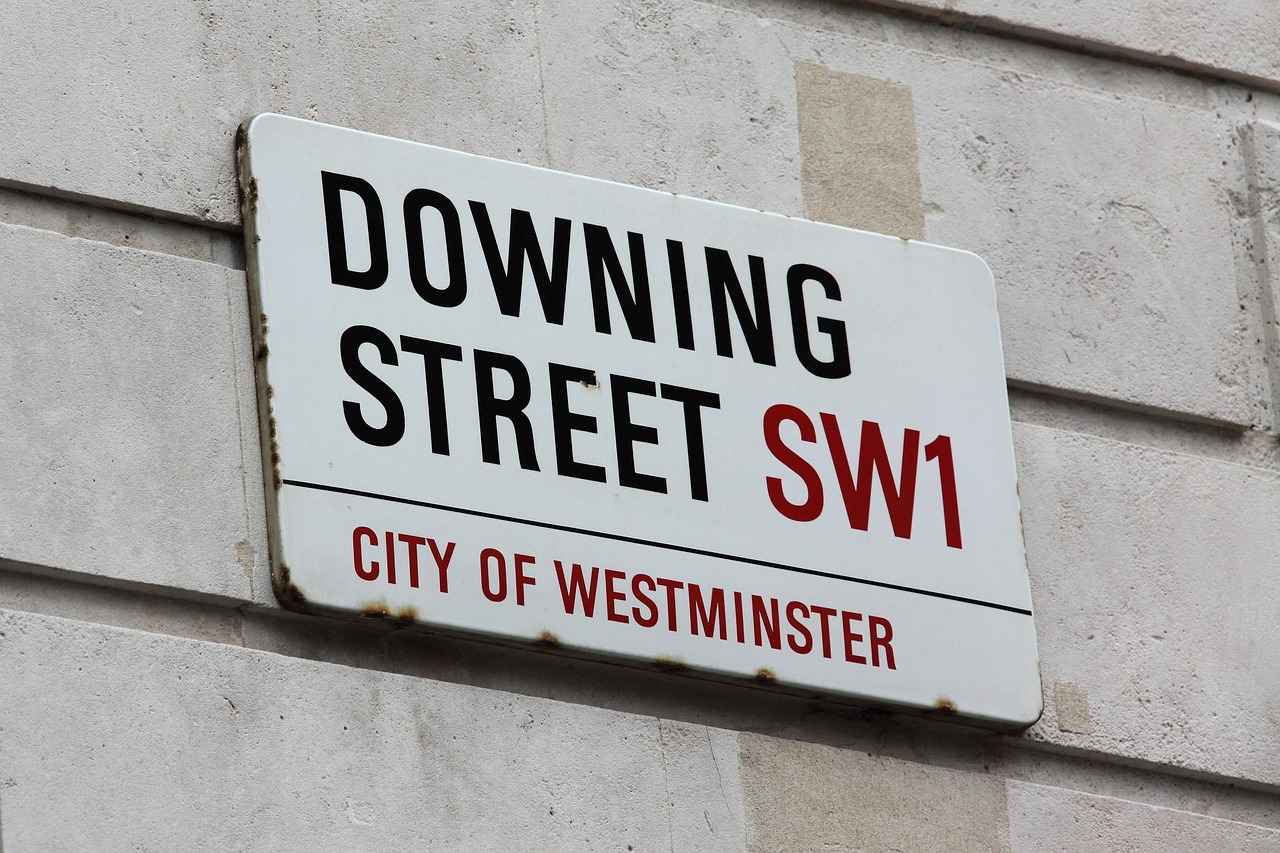
The Intersection of Race and Politics
The intersection of race and politics is a critical area of study, particularly for the Indian American community in New York. This demographic, which has grown significantly over the past few decades, showcases a unique blend of cultural heritage and political engagement. Understanding how racial identity influences political participation and community solidarity is essential for grasping the broader dynamics at play in New York’s political landscape.
Indian Americans, representing a diverse array of ethnicities, religions, and cultural backgrounds, often find their political engagement deeply intertwined with their racial identity. This intersectionality affects not only how they perceive themselves within the political sphere but also how they are perceived by others. For instance, the racial identity of Indian Americans can lead to both solidarity within their community and challenges when navigating the broader political environment.
Community Solidarity and Political Engagement
Racial identity plays a significant role in fostering community solidarity among Indian Americans. Shared experiences related to race and ethnicity can create a strong sense of belonging, motivating individuals to engage in political activism. Many Indian Americans participate in community organizations that focus on advocacy and representation, which helps amplify their voices in local governance. These organizations often address issues such as immigration reform, healthcare access, and education, which resonate deeply within the community.
Moreover, the rise of Indian American political leaders has further galvanized community engagement. Figures such as Pramila Jayapal and Raja Krishnamoorthi serve as role models, demonstrating the potential for representation and influence in politics. Their success stories encourage younger generations to pursue political careers, fostering a cycle of engagement that strengthens community ties.
Challenges Faced in Political Representation
Despite the growing political presence of Indian Americans, challenges remain. Racial stereotypes and systemic barriers often hinder their representation in local and state governance. Issues such as gerrymandering and lack of access to political networks can limit the ability of Indian Americans to effectively advocate for their interests. Furthermore, the community may face a dual challenge of being seen as “too foreign” in a political landscape that often favors established demographics.
Additionally, the intersection of race and politics can lead to internal divisions within the community. Different ethnic groups may prioritize varying issues based on their unique experiences, which can sometimes complicate unified political action. Understanding these dynamics is crucial for fostering collaboration and solidarity among Indian Americans.
Building Alliances with Other Minority Groups
To overcome these challenges, Indian Americans have increasingly sought to build alliances with other minority groups. Collaborating with African American, Latino, and Asian American communities can create a powerful coalition that amplifies their collective political voice. Such partnerships can lead to more effective advocacy on shared issues, including social justice, equitable healthcare, and education reform.
In New York, various community organizations have successfully spearheaded initiatives that bring together diverse racial and ethnic groups. These collaborations not only strengthen political influence but also promote a broader understanding of intersectionality in political discourse. By working together, these groups can challenge systemic inequalities and push for policies that benefit all marginalized communities.
In conclusion, the intersection of race and politics for Indian Americans in New York is a multifaceted issue that encompasses community solidarity, representation challenges, and collaborative efforts with other minority groups. As the community continues to evolve and engage politically, understanding these dynamics will be crucial for fostering a more inclusive and representative political landscape.

Collaborations with Other Minority Groups
The political landscape in New York is increasingly characterized by the collaboration of various minority groups, including Indian Americans. These coalitions serve as a powerful mechanism for amplifying the political voice of Indian Americans, who often face similar challenges as other marginalized communities. By joining forces, these groups can enhance their advocacy efforts, ensuring that their collective needs and concerns are addressed more effectively.
- Shared Goals and Objectives: Indian Americans often find common ground with other minority communities, such as African Americans, Latino Americans, and Asian Americans. These shared goals can include fighting against racial discrimination, advocating for immigration reform, and promoting healthcare access. By uniting, they can present a stronger front to policymakers.
- Building Solidarity: Solidarity among minority groups fosters a sense of community and mutual support. This is crucial in advocacy efforts, as it allows for the sharing of resources, knowledge, and strategies. For instance, Indian American organizations have partnered with Black Lives Matter and other civil rights movements to address systemic racism more effectively.
- Increased Visibility: Collaborations can significantly increase visibility for Indian Americans in political discussions. When allied with other groups, their issues gain more attention from the media and policymakers, leading to greater awareness and action on critical matters affecting their communities.
- Joint Initiatives and Campaigns: Successful coalitions often engage in joint initiatives and campaigns that address the needs of multiple communities. For example, campaigns focusing on voter registration and education have seen participation from diverse groups, leading to increased turnout and engagement in the electoral process.
- Leveraging Resources: By collaborating, minority groups can pool their resources, including funding, manpower, and expertise. This synergy can lead to more effective advocacy campaigns and community outreach programs, ensuring that they reach a broader audience.
- Policy Influence: Coalitions have a more substantial influence on policy decisions when they represent a larger constituency. By working together, Indian Americans and other minority groups can lobby for policies that benefit all marginalized communities, creating a more equitable political landscape.
The importance of solidarity in advocacy efforts cannot be overstated. In an era where divisive politics often threaten to fragment communities, the collaboration between Indian Americans and other minority groups serves as a beacon of hope. It highlights the power of unity and the potential for collective action to drive meaningful change in the political arena.
Moreover, successful collaborations have been observed in various areas, including education, healthcare, and social justice. For instance, during the COVID-19 pandemic, Indian American organizations partnered with Hispanic and African American groups to address the disproportionate impact of the virus on their communities. This collaborative effort not only provided essential resources but also reinforced the message that health disparities affect all minority groups.
In summary, the collaboration of Indian Americans with other minority groups is a vital strategy for amplifying their political voice and addressing shared challenges. By fostering solidarity and working together towards common goals, these coalitions can significantly enhance their advocacy efforts and influence the political landscape in New York and beyond.

Impact of National Politics on Local Communities
National politics significantly influence local communities, shaping policies, governance, and social dynamics. This phenomenon is particularly evident in the context of Indian American communities in New York, where national trends often echo through local governance structures and community interactions.
- Policy Implementation: National policies regarding immigration, healthcare, and education set the framework within which local governments operate. For instance, changes in immigration laws can directly affect the Indian American population, influencing their access to resources and services.
- Political Climate: The prevailing political climate at the national level can create a ripple effect, altering how local communities perceive their own political engagement. For example, a national discourse emphasizing diversity and inclusion may empower Indian Americans to participate more actively in local governance.
- Community Advocacy: National movements often inspire local advocacy efforts. Indian American organizations in New York have mobilized around national issues such as racial justice, healthcare reform, and immigration rights, leveraging national narratives to address local concerns.
The intersection of national politics with local realities is particularly salient in the context of elections. The political strategies employed by national parties can influence local campaigning, voter turnout, and community mobilization. Indian Americans, while a relatively small demographic, have shown increasing political engagement, often aligning with national trends that prioritize minority rights and social justice.
For example, the 2020 presidential election saw a significant increase in voter turnout among Indian Americans, driven by national issues such as the COVID-19 pandemic and racial equity. This surge in participation reflects a growing awareness of how national policies directly affect local communities, prompting individuals to advocate for their interests at the ballot box.
Moreover, the impact of national politics extends to community organizations that play a crucial role in advocacy and support. These organizations often align their missions with national priorities, creating programs that address local needs while reflecting broader national goals. For instance, initiatives focused on healthcare access and educational equity resonate strongly within the Indian American community, as they are often tied to national discussions about systemic inequality.
In addition, the representation of Indian Americans in local governance can be influenced by national political trends. As more Indian Americans ascend to prominent political positions, they often bring national issues to the forefront of local discussions, fostering a greater understanding of how these issues intersect with community needs.
Ultimately, the relationship between national politics and local communities is complex and multifaceted. For Indian Americans in New York, staying attuned to national trends is not merely an academic exercise; it is a vital part of understanding and shaping their local political landscape. By recognizing these connections, community members can better advocate for their interests, ensuring that their voices are heard in both local and national arenas.
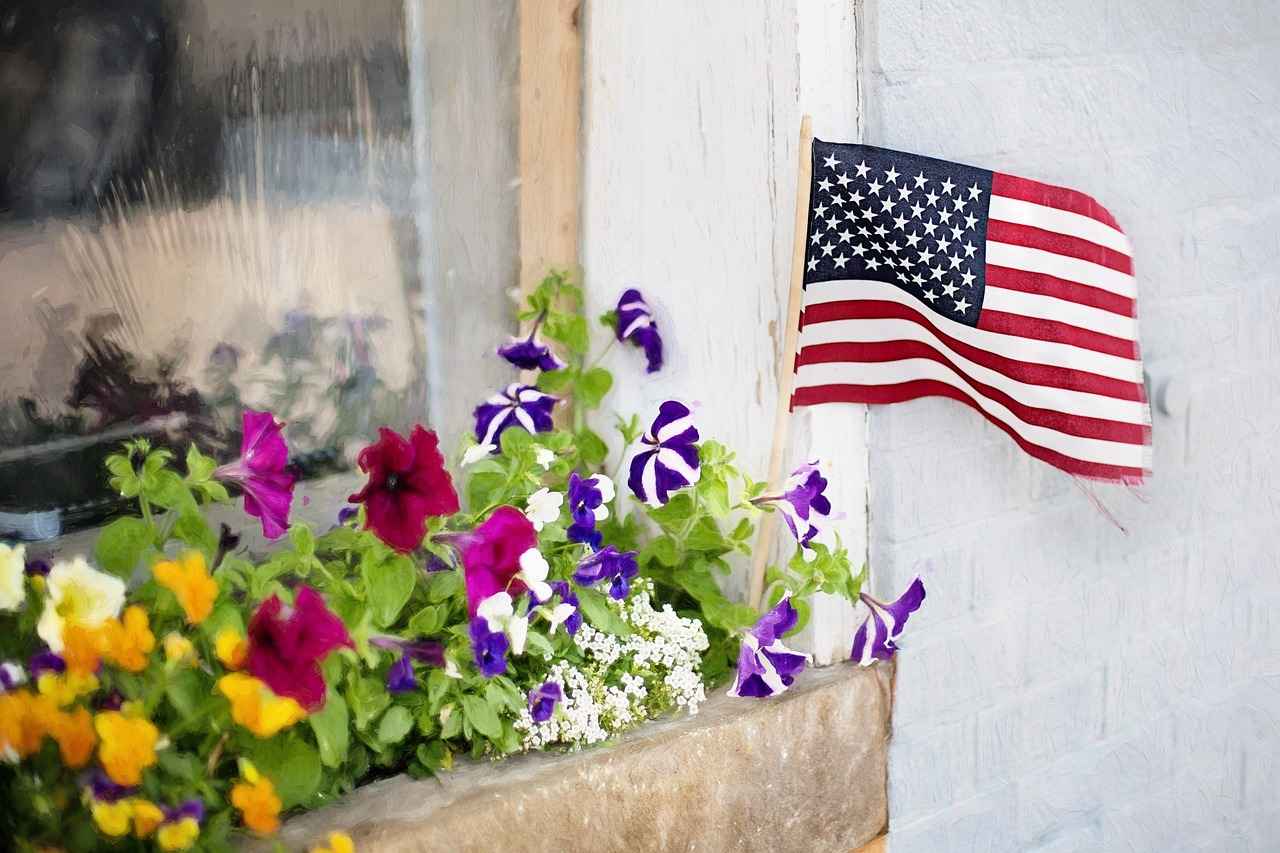
Future Trends in Indian American Political Engagement
As we look towards the future, the political landscape for Indian Americans is evolving at an unprecedented pace. This section will explore emerging trends, potential shifts in political strategies, and the significant role of younger generations in shaping the future of political engagement within the community.
One of the most notable trends is the increasing political mobilization among younger Indian Americans. Fueled by social media and a growing awareness of social justice issues, this demographic is becoming more active in political discourse. They are not only participating in elections but are also advocating for policies that resonate with their values, such as immigration reform, climate change, and racial equity. This shift indicates a move away from traditional voting patterns, as younger voters seek candidates who align with their progressive ideals.
Moreover, the rise of grassroots organizations is playing a crucial role in shaping the political engagement of Indian Americans. These organizations are focused on community outreach, education, and mobilization efforts that empower individuals to take part in the political process. Initiatives such as voter registration drives and educational workshops are essential in fostering a politically informed community. Through these efforts, younger generations are learning the importance of civic engagement and the impact they can have on local and national issues.
Another significant trend is the increasing representation of Indian Americans in political offices. As more individuals from the community run for office, there is a growing recognition of the need for diverse voices in governance. This representation is crucial not only for addressing the specific concerns of Indian Americans but also for advocating for broader issues affecting all minority communities. The success of leaders such as Raja Krishnamoorthi and Pramila Jayapal serves as an inspiration for aspiring politicians within the community.
The intersectionality of race, religion, and politics is also becoming more pronounced. Indian Americans are increasingly recognizing the importance of forming coalitions with other minority groups to amplify their voices. By collaborating on shared issues, such as racial justice and immigration rights, these alliances can create a stronger political presence and influence policy decisions at various levels of government.
The role of technology cannot be understated in this evolving landscape. Digital platforms are facilitating greater engagement and activism among Indian Americans. From online petitions to social media campaigns, technology is providing new avenues for advocacy and community organizing. This digital engagement is particularly appealing to younger generations, who are more likely to leverage these tools to express their political opinions and mobilize support.
In summary, the future of Indian American political engagement is poised for transformation. With the rise of younger, more politically active generations, the emphasis on grassroots organizing, increased representation in political offices, and the use of technology, the community is set to play a significant role in shaping the political discourse in the coming years. As these trends continue to develop, Indian Americans will likely find their voices heard more prominently in the political arena, advocating for policies that reflect their diverse needs and aspirations.
The Intersection of Race, Religion, and Politics: Indian Americans in New York’s Political Landscape
This article explores the complex dynamics of race, religion, and politics among Indian Americans in New York, examining their impact on local governance and community engagement.
Understanding the Demographics of Indian Americans in New York
The Indian American population in New York is diverse, encompassing various ethnicities, religions, and cultural backgrounds. As of recent estimates, there are over 400,000 Indian Americans residing in New York, making it one of the largest concentrations in the United States. This section delves into their demographic characteristics and growth trends over the years.
- Approximately 70% identify as Hindu, while others follow Sikhism, Islam, and Christianity.
- Major cities with significant populations include Queens, Nassau County, and Westchester.
- Educational attainment levels are high, with many holding advanced degrees.
The Role of Religion in Indian American Identity
Religion plays a pivotal role in shaping the identity of Indian Americans. Various faiths influence community values and political engagement. For instance, Hindu temples and Sikh gurdwaras often serve as community hubs, fostering social ties and collective action. This section discusses how these religious institutions mobilize community members around important issues, such as immigration reform and healthcare access.
- Religious gatherings often double as forums for political discussion.
- Community leaders from religious backgrounds frequently engage in advocacy.
Political Mobilization of Indian Americans
Political mobilization among Indian Americans has increased significantly in recent years. Factors contributing to their growing political presence include increased awareness of civic rights and the need for representation. This section explores how grassroots organizations and community leaders have played a crucial role in mobilizing voters and advocating for policy changes.
- Voter registration drives and educational workshops have become commonplace.
- Social media campaigns are effectively reaching younger demographics.
Key Issues Affecting Indian Americans in New York
Indian Americans in New York face unique challenges, including immigration policies, healthcare access, and racial discrimination. This section highlights the key issues that resonate within the community, emphasizing the need for targeted advocacy and policy reform.
- Concerns about visa regulations and family reunification are prevalent.
- Access to affordable healthcare remains a significant issue, particularly for low-income families.
Influence of Indian American Leaders in Politics
Prominent Indian American leaders have emerged in New York’s political landscape. Figures such as Congresswoman Grace Meng and State Senator Kevin Thomas have made significant contributions to local governance. We examine their successes and the barriers they have faced in their political journeys, shedding light on the importance of representation.
- These leaders often advocate for issues pertinent to their communities.
- They serve as role models for aspiring politicians within the Indian American community.
The Impact of Community Organizations
Community organizations play a crucial role in advocating for Indian Americans. This section discusses their initiatives, outreach programs, and how they influence political discourse. Organizations like the Indian American Forum and the South Asian Youth Action have been pivotal in addressing community needs.
- These organizations often collaborate with local government to address pressing issues.
- They provide resources for civic engagement and education.
Voting Patterns Among Indian Americans
Understanding voting patterns is essential to grasp the political influence of Indian Americans. This section analyzes their voting behavior, party affiliations, and turnout rates in elections, revealing a trend toward increased participation in the electoral process.
- Recent elections have seen a surge in voter turnout among Indian Americans.
- Many have shifted towards progressive candidates who align with their values.
Challenges in Political Representation
Despite their growing numbers, Indian Americans often face challenges in political representation. This section explores the systemic barriers and underrepresentation in local and state governance. Issues such as gerrymandering and lack of visibility in political offices hinder progress.
- Efforts are underway to encourage more individuals from the community to run for office.
- Coalitions are forming to address these systemic barriers collectively.
The Intersection of Race and Politics
Race significantly intersects with politics for Indian Americans. This section discusses how racial identity influences political engagement and community solidarity within the broader context of New York. The experiences of Indian Americans are often interlinked with those of other minority groups, highlighting the importance of intersectionality in political discourse.
- Collaborative efforts with African American and Latino communities are becoming more common.
- Shared experiences of discrimination foster solidarity and collective action.
Collaborations with Other Minority Groups
Coalitions with other minority groups can amplify the political voice of Indian Americans. This section examines successful collaborations and the importance of solidarity in advocacy efforts, showcasing how united efforts can lead to significant policy changes.
- Joint initiatives on immigration reform have seen increased support.
- Collaborations focus on mutual interests, enhancing political leverage.
Impact of National Politics on Local Communities
National political trends often trickle down to local levels. Here, we analyze how national policies and political climates affect Indian American communities in New York. Issues such as federal immigration policies have direct implications for local families and businesses.
- Local organizations often respond to national trends with advocacy campaigns.
- The impact of national elections is felt deeply within the community.
Future Trends in Indian American Political Engagement
Looking ahead, the future of Indian American political engagement appears promising. This section discusses emerging trends, potential shifts in political strategies, and the role of younger generations in shaping the landscape. As more Indian Americans become politically active, their influence is expected to grow.
- Increased participation in local governance is anticipated.
- Younger generations are more likely to prioritize social justice issues.
Frequently Asked Questions
- What are the main demographics of Indian Americans in New York?
The Indian American population in New York is incredibly diverse, representing a variety of ethnicities, religions, and cultural backgrounds. This diversity enriches the community and plays a significant role in shaping their collective identity and political engagement.
- How does religion influence Indian American identity?
Religion is a cornerstone of identity for many Indian Americans. Faiths such as Hinduism, Sikhism, and Islam not only shape individual values but also foster community solidarity and political activism, guiding how they engage with local governance.
- What are the key issues affecting Indian Americans in New York?
Indian Americans in New York face several pressing issues, including immigration policies, access to healthcare, and experiences of racial discrimination. These challenges resonate deeply within the community and often drive political mobilization.
- How are Indian Americans politically mobilizing in New York?
In recent years, there has been a significant increase in political mobilization among Indian Americans. Factors like community awareness, advocacy from leaders, and the desire for representation have contributed to this growing presence in New York’s political landscape.
- What role do community organizations play for Indian Americans?
Community organizations are vital in advocating for the needs of Indian Americans. They lead initiatives, outreach programs, and serve as a platform for political discourse, helping to amplify the voices of the community and influence local governance.














